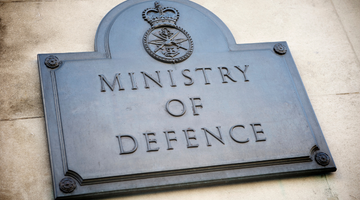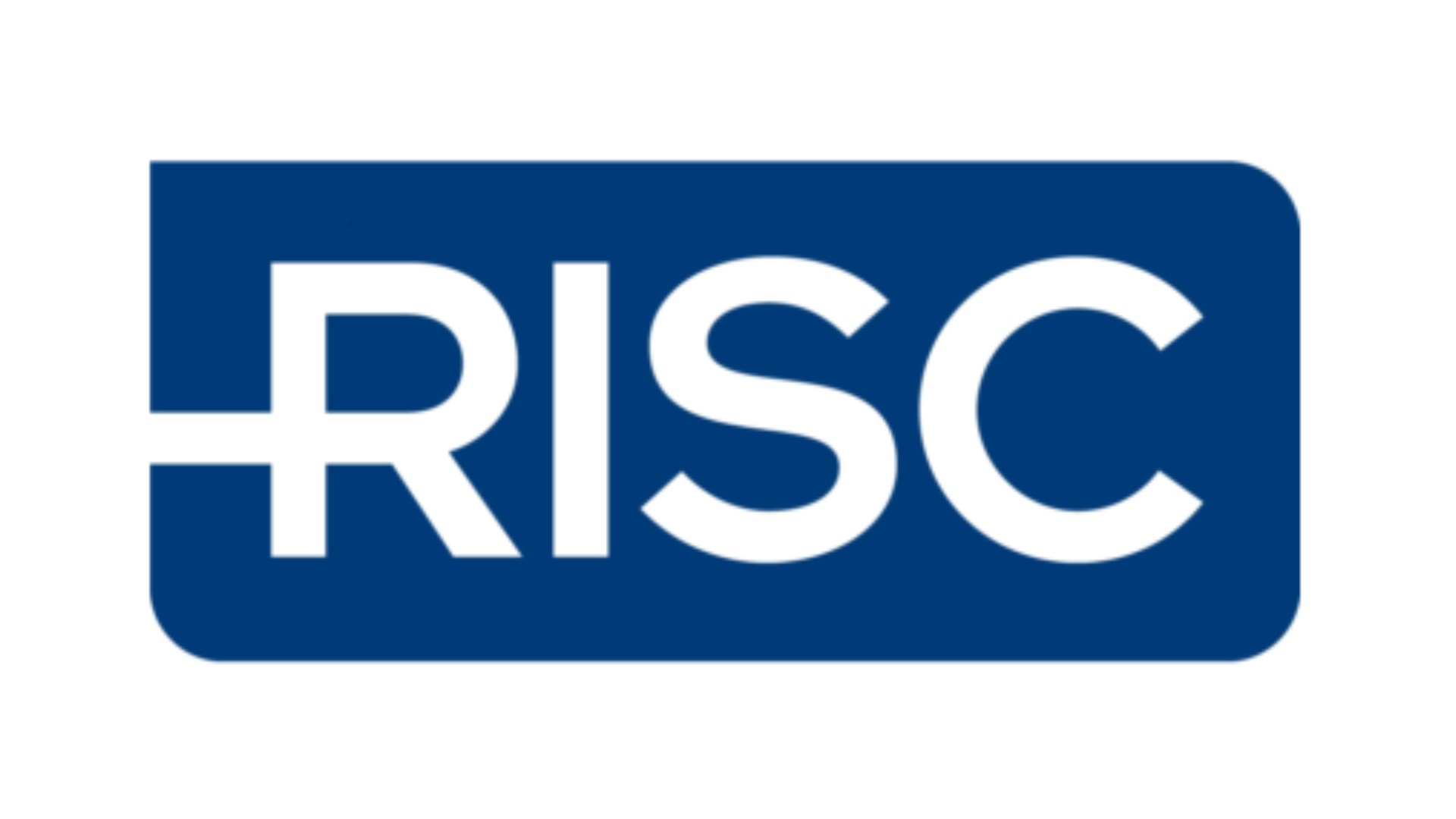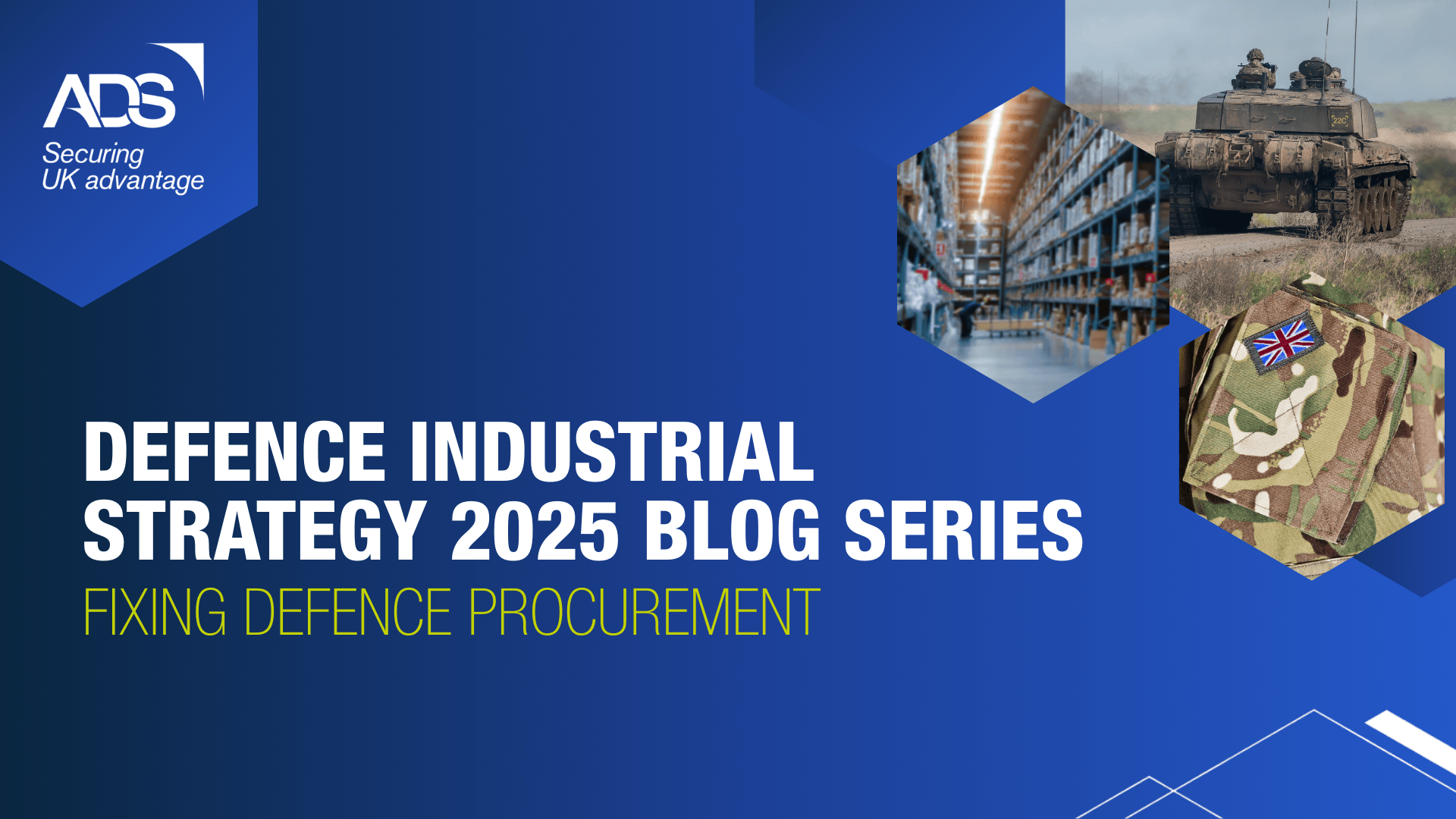
The Ministry of Defence (MoD) published ‘The Defence Equipment Plan 2022-2032’ on 29 November 2022. This builds on the 2021 summary and sets out the MoD’s plans for the next 10 years to deliver and support equipment for the UK Armed Forces.
According to the plan, £242 bn is planned to be spent on equipment procurement and support over the next ten years, compared to £238 bn in last year’s update. It assessed that this would result in a £2.6 bn headroom.
The plan notes that it had been published at a period of rising inflation and the Ukraine conflict that would affect defence spending, but the full impact is not contained in the report because of the March 2022 closing point of the aligned budgeting cycle.
The National Audit Office (NAO) also released a report the same day, which examined the MoD’s assessment of the plan’s affordability and response to financial challenges. It noted that as the plan is based on financial data from 31 March 2022 it does not reflect current pressures and uncertainty facing the MoD that will affect future spending plans, most notably the conflict in Ukraine and external economic environment.
The NAO report said that the MoD’s assessment “continues to be based on optimistic assumptions that it will achieve all planned savings. It will also take some important decisions that affect the Plan’s costs in the next financial planning round.” It said that due to the volatile external environment the plan is already out of date.
The day before the plan was published, Prime Minister Rishi Sunak said in a speech on 28 November that the details on defence and security investment would be set out in the updated Integrated Review in the new year.
The Defence Equipment Plan detailed the following:
- Air Command plans to spend £35.1 bn over the next 10 years (compared to £36.2 bn at the end of the last planning period). The RAF will invest in synthetic training and invest in new platforms and the E7 Wedgetail advanced airborne early warning and control (AEW&C) and P8 Poseidon Maritime patrol aircraft will provide surveillance and C2 capabilities. The C130 Hercules, Typhoon Tranche 1, and Hawk T1 will be retired.
- Army Command plans to spend £40.6 bn over the next 10 years (compared to £41.3 bn at the end of the last planning period).
- The Defence Nuclear Organisation (DNO) plans to spend £59.7 bn over the next ten years (compared to £58.1 bn in the last planning period). The current Vanguard Class of ballistic missile submarines will be replaced by with four new Dreadnought Class submarines and the DNO will also replace the UK’s nuclear warheads.
- Navy Command plans to spend over £41.1 bn (compared to £38.1 bn at the end of the last planning period) over the next 10 years. Investment will increase the Royal Navy surface fleet’s size and capability. This includes procurement of the Type 26, Type 31 & Type 32 frigates, three fleet solid support ships, multi-roll support ships and a multi-role ocean surveillance capability. It is also delivering system and equipment programmes outside the shipping pipeline, including the Maritime Electronic Warfare Programme.
- Strategic programmes plans to spend £23.7 bn over the next ten years (compared to £21.5 bn at the end of the last planning period).
- UK Strategic Command plans to spend £36.3 bn over the next ten years (compared to £35 bn at the end of the last planning period).
The release of the plan is welcome in setting out the MoD’s plans to procure and support equipment over the next decade. However, as both the plan and the NAO report note, it is based on data from March 2022 and therefore does not fully take into account the current economic situation. Additionally, details on future defence and security investment will be set out next year in the updated Integrated Review. The next Equipment Support plan will therefore be particularly important in providing more detail on how the geopolitical and economic situation over the past year have affected the MoD’s plans.





